The earthquake that struck Japan yesterday caused damage to several tourist attractions, including 1,000-year-old structures.
Five prefectures, Ishikawa, Niigata, Fukui, Toyama and Gifu, were affected by the earthquake on January 1. In Ishikawa Prefecture, a popular tourist destination in central Japan, several tourist attractions were affected. Some were burned down by aftershocks, while others were damaged by tremors. The extent of damage to some locations is unknown. Here are four popular tourist destinations in Ishikawa that were affected by the earthquake.
Keto Shrine, Hakui Coast
A video of the Keta Shrine shaking during the powerful earthquake that struck central Japan on New Year's Day 2024 has been circulating on social media X. The video shows residents and visitors leaving the shrine and gathering outside. The earthquake caused the wooden shrine to shake violently, creaking, and the surrounding trees to sway continuously.
Many tourists witnessed the Keto temple shaking violently. Video: Seka00soli
Keta Shrine is located near the coast of Hakui, in Ishikawa Prefecture. It is dedicated to Otomi Takamikoto, who hails from the "land of the gods" - Izumo, along with many other gods. Otomi Takamikoto is said to have subdued monsters and giant snakes, protecting the people of the central coastal region of Japan. There is no update on the damage to the shrine yet.
Onohiyoshi Shrine, Kanazawa City
Another famous shrine in Ishikawa that was affected by the 7.6 magnitude earthquake is Onohiyoshi. The torii gate at the shrine collapsed on January 1 in front of locals and tourists. Onohiyoshi is a popular destination and people come here every New Year to pray for good luck and peace. The shrine is said to have been built in 733 and is dedicated to the gods Oyamakui no Kami and Omononush.
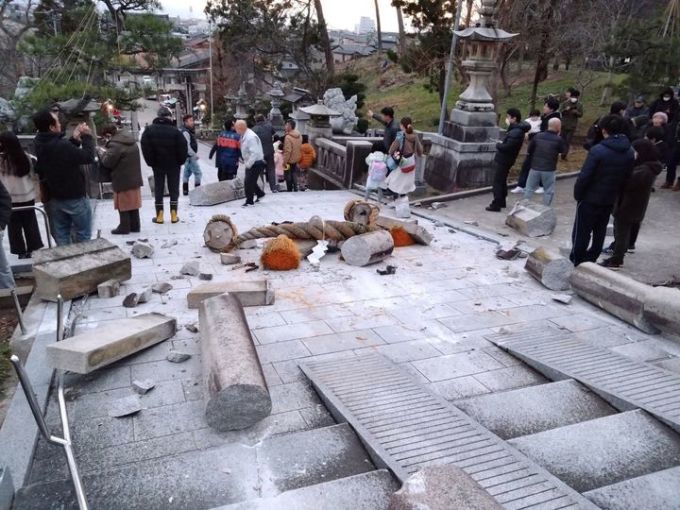
The collapsed tori gate at Onohiyoshi Shrine on January 1. Photo: Reuters
Wajima Morning Market, Wajima City
According to Kyodo News , the continuous aftershocks from the January 1 earthquake caused fires in several locations in Wajima City. One of the buildings destroyed by the fire was the 1,000-year-old Wajima morning market.
A massive fire broke out in the Wajima market on the afternoon of January 1, shortly after the 4:50 p.m. earthquake. On the morning of January 2, video footage from NHK showed a seven-story building tilted and smoke rising from the central area of the market.
According to JNTO, the morning market has more than 300 stalls and is one of the three largest morning markets in Japan, operating for more than 1,000 years. Wajima Market is often introduced to foreign visitors as a famous place to buy traditional lacquerware in the region. It is also a paradise for fresh seafood and dried seafood. The market is usually open from 8am to 12pm, closing periodically on the second and fourth Wednesdays of the month.
The market is currently temporarily closed to recover from the fire.
Higashi Chayagai Old Town, Kanazawa
The Higashi Chayagai District is located in the Higashiyama area of Kanazawa City, right next to the Asano River. It is the largest of the three well-preserved historic geisha districts in Kanazawa, along with Nishichayagai and Kazuemachi. Today, geisha still sing and dance here.
According to an update from Japanese travel blogger Ikimashou Japan & World, no tourists or residents in the Higashi Chayagai old town area were injured. The wooden houses were almost intact, and some street corners and houses were slightly damaged. On January 3, Ikimashou Japan & World posted a video recording the Higashi Chayagai old town in sunny weather, with no tourists walking on the streets.
Higashi Chayagai neighborhood on the morning of January 3. Video: Ikimashou Japan & World
Bich Phuong
Source link


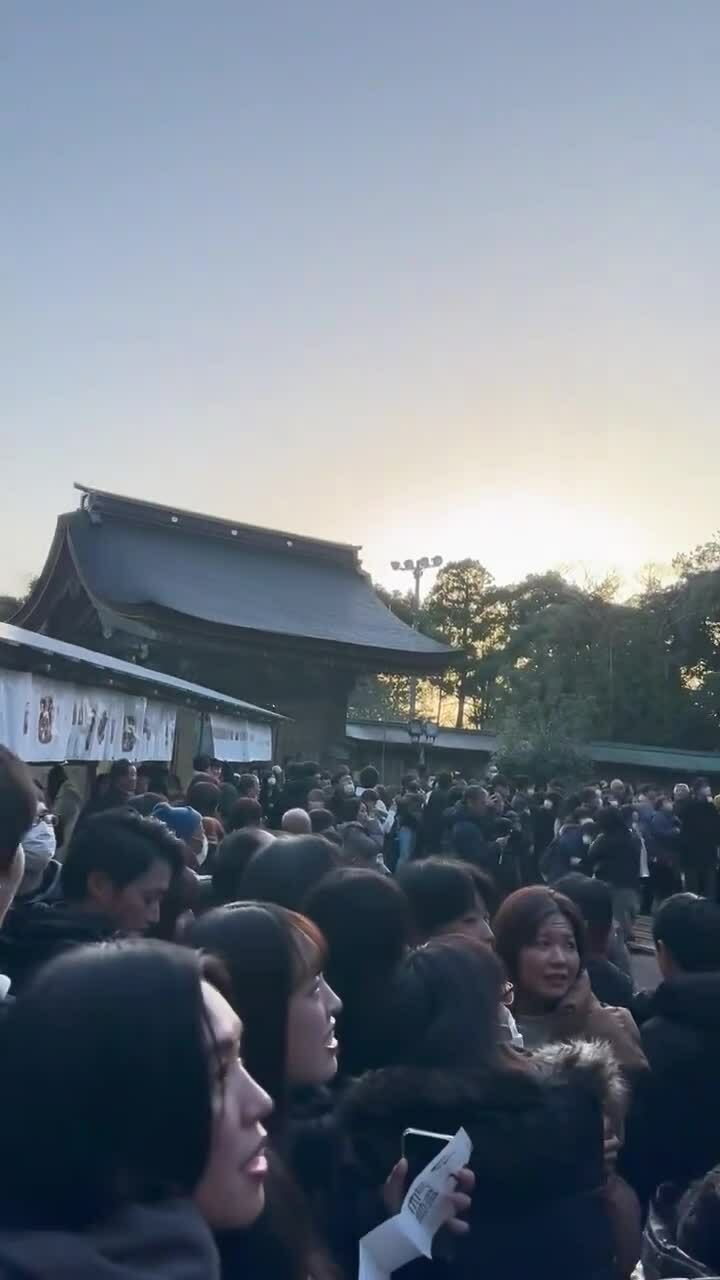
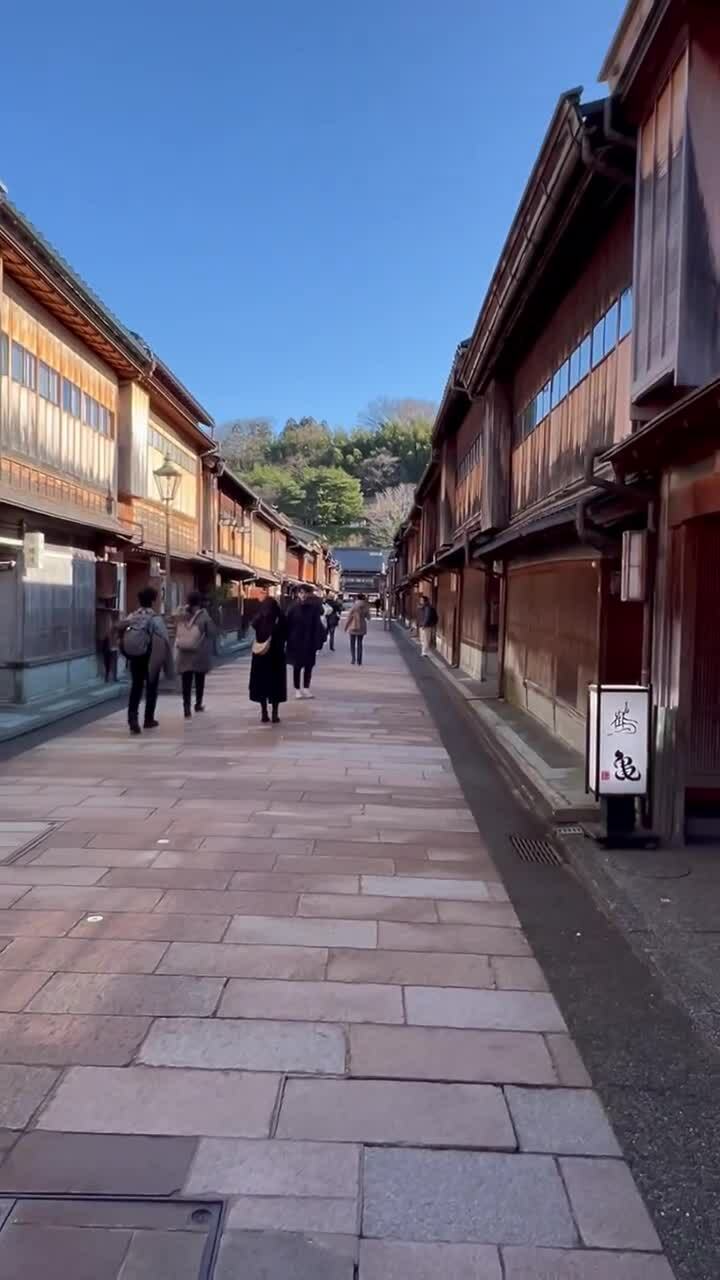

![[Photo] General Secretary To Lam receives Japanese Ambassador to Vietnam Ito Naoki](https://vstatic.vietnam.vn/vietnam/resource/IMAGE/2025/4/3/3a5d233bc09d4928ac9bfed97674be98)
![[Photo] Ho Chi Minh City speeds up sidewalk repair work before April 30 holiday](https://vstatic.vietnam.vn/vietnam/resource/IMAGE/2025/4/3/17f78833a36f4ba5a9bae215703da710)
![[Photo] Prime Minister Pham Minh Chinh chairs the first meeting of the Steering Committee on Regional and International Financial Centers](https://vstatic.vietnam.vn/vietnam/resource/IMAGE/2025/4/3/47dc687989d4479d95a1dce4466edd32)
![[Photo] A brief moment of rest for the rescue force of the Vietnam People's Army](https://vstatic.vietnam.vn/vietnam/resource/IMAGE/2025/4/3/a2c91fa05dc04293a4b64cfd27ed4dbe)
![[Photo] Prime Minister Pham Minh Chinh chairs meeting after US announces reciprocal tariffs](https://vstatic.vietnam.vn/vietnam/resource/IMAGE/2025/4/3/ee90a2786c0a45d7868de039cef4a712)







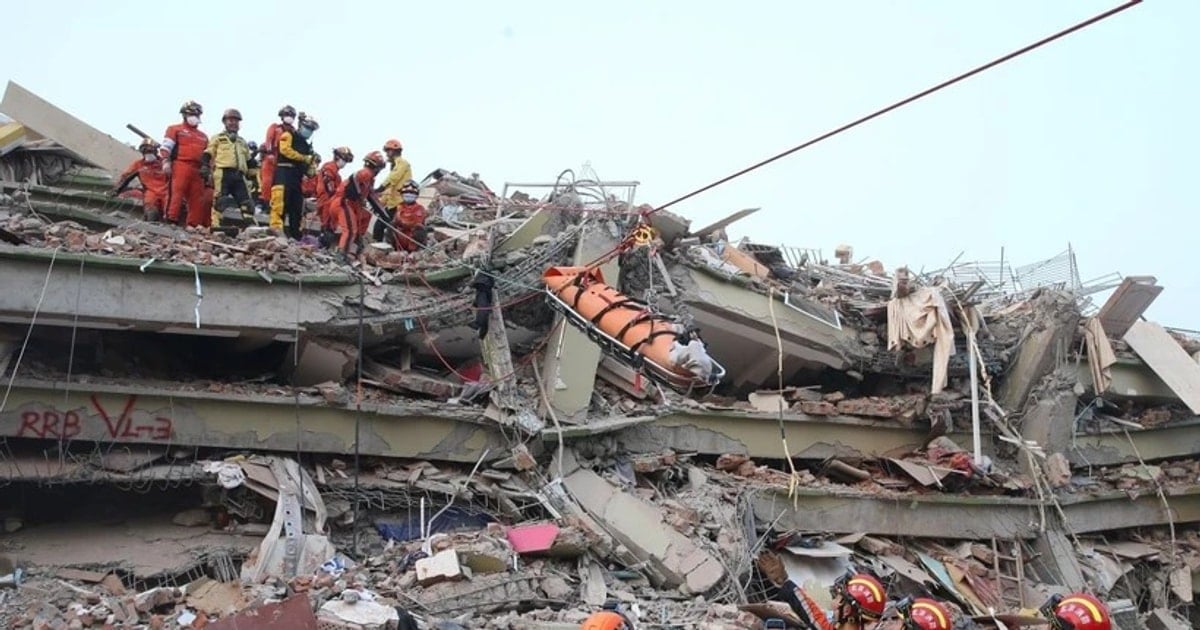

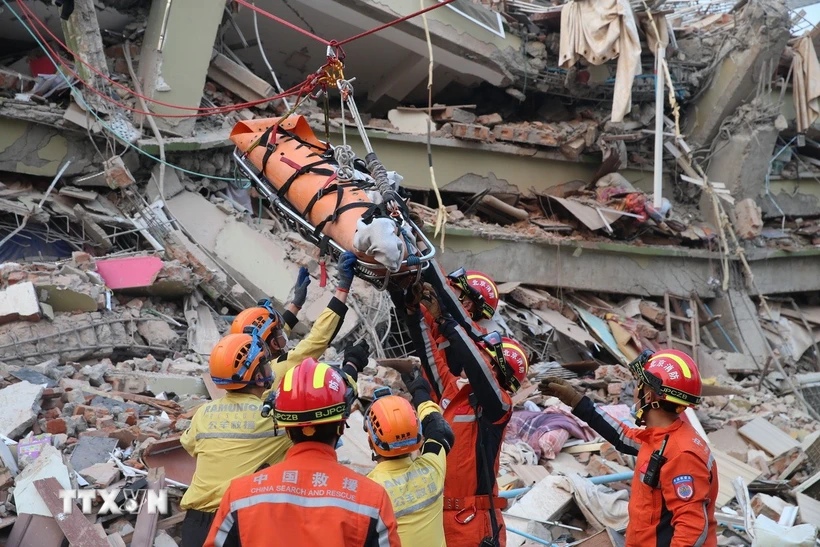

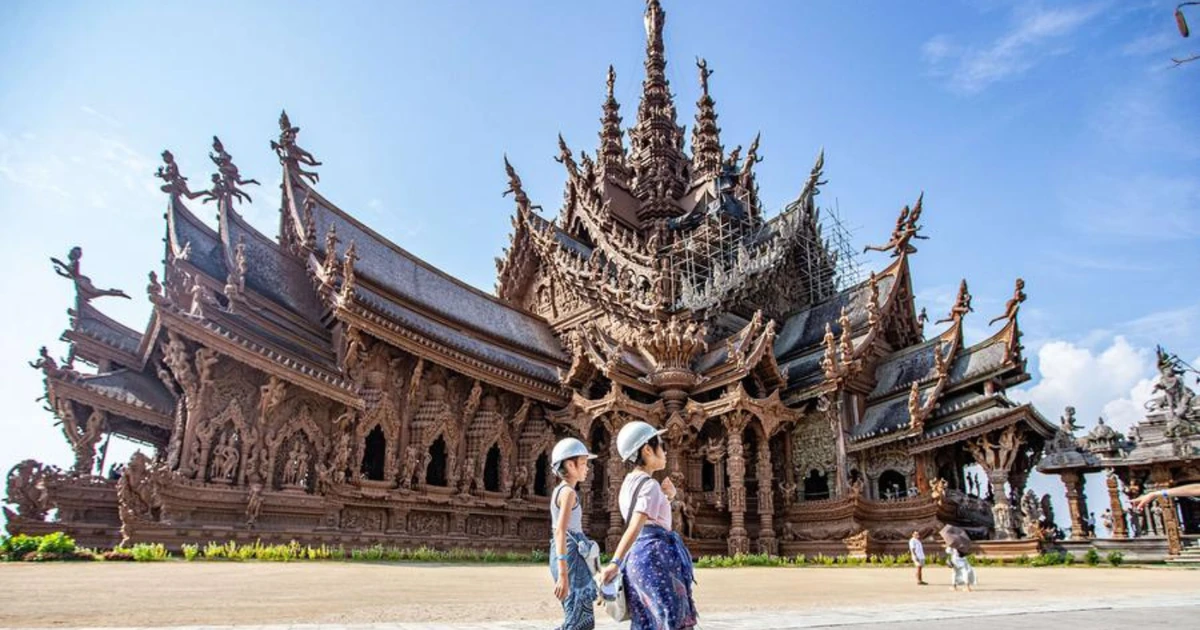

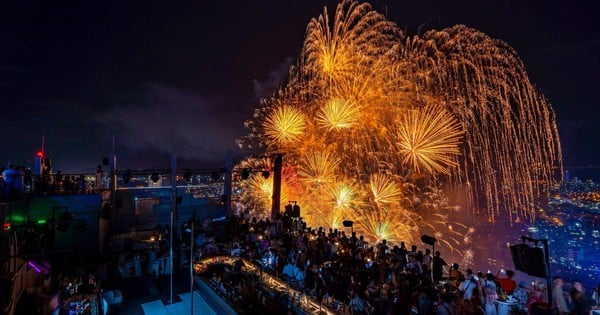
























































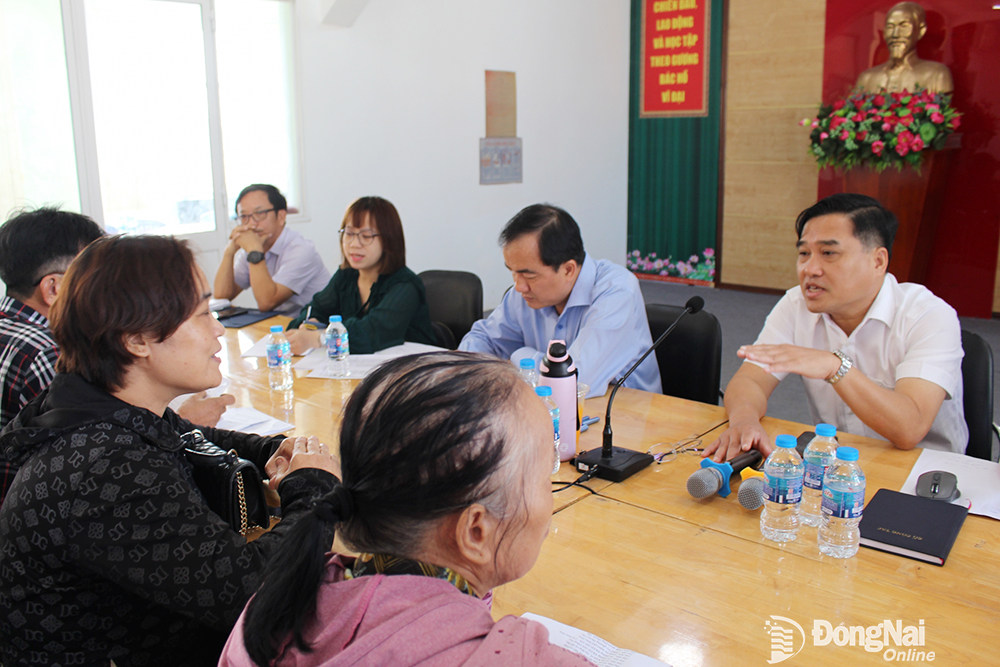


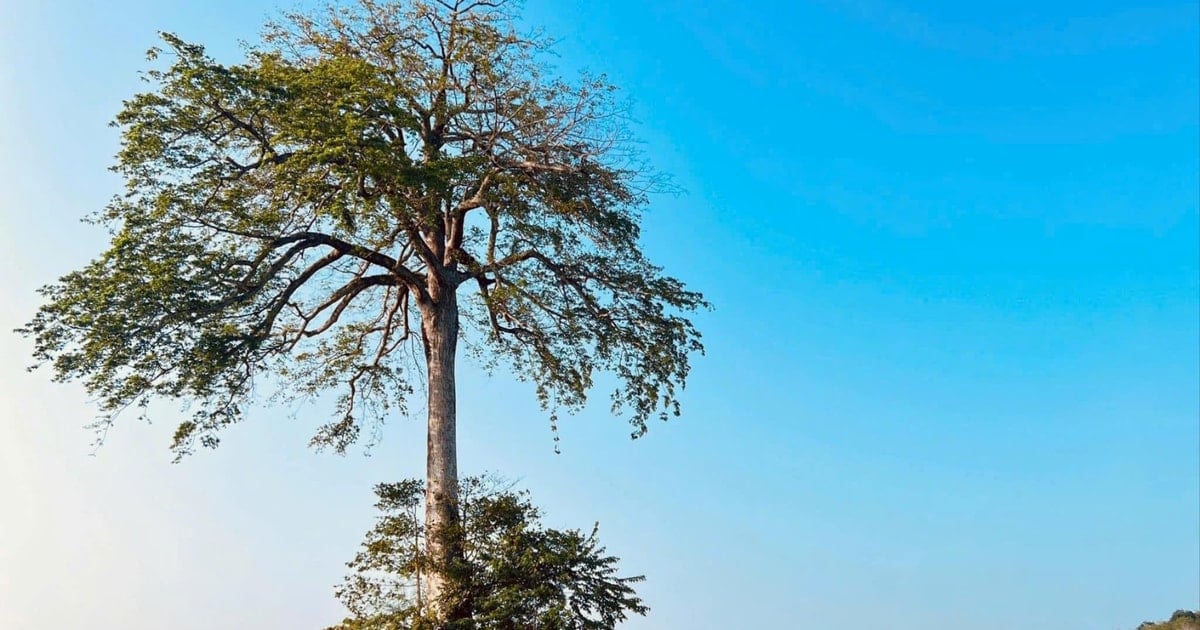

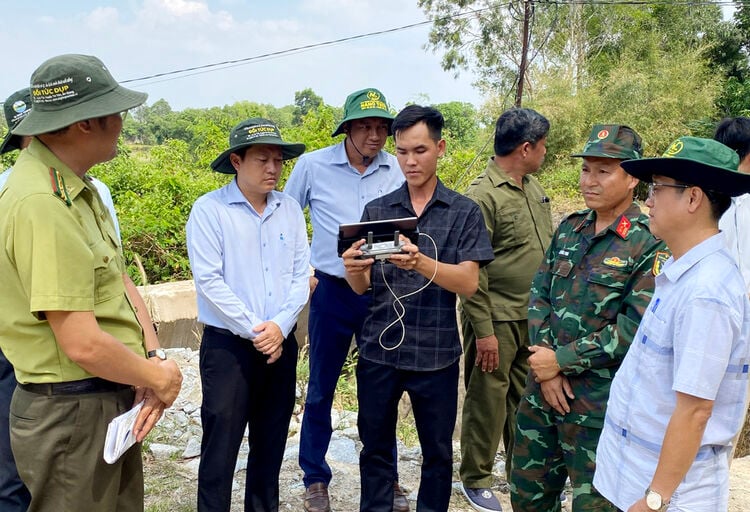













Comment (0)